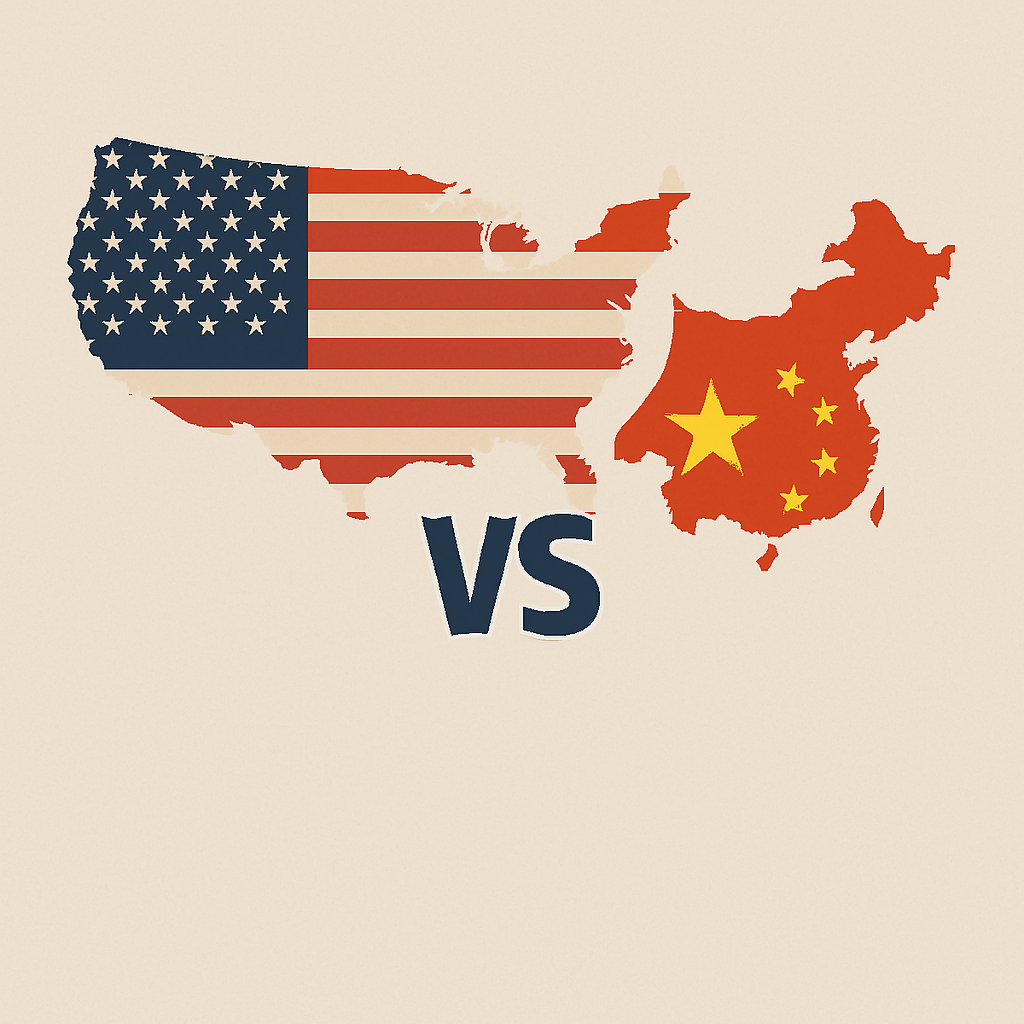The economic tug-of-war between China and the United States continues to escalate, and at the heart of it lies an intensifying Tariff Battle. As two of the world’s largest economies clash over trade policies, the ripple effects of their decisions are being felt across the globe. In this blog, we break down the latest developments, explore how the tariff war is evolving, and examine what it means for the global economy.
Understanding the Tariff Battle Between China and the USA
A Tariff Battle occurs when two or more countries impose duties or taxes on each other’s imports, typically in response to trade disputes. The current situation between the U.S. and China began in earnest in 2018, when the Trump administration levied heavy tariffs on Chinese goods, citing unfair trade practices and intellectual property theft. China quickly retaliated with its own set of tariffs, and since then, the conflict has continued under new leadership and evolving economic contexts.
Key Events in the US-China Tariff Dispute
- 2018: U.S. imposes tariffs on $250 billion worth of Chinese goods.
- 2019: China retaliates with tariffs on $110 billion of U.S. products.
- 2020–2022: Partial trade deals and temporary ceasefires.
- 2023–2024: Renewed tensions and proposed new tariffs on high-tech goods.
What’s Fueling the Latest Tariff Battle?
Several geopolitical and economic factors are contributing to the renewed Tariff Battle in 2024 and beyond:
- Technological dominance: The U.S. is imposing new tariffs on Chinese semiconductors and AI-related products to protect domestic tech industries.
- Supply chain realignment: As both nations seek to reduce dependence on each other, tariffs are being used to shift production to allied countries.
- Political posturing: With elections approaching in both countries, leaders are adopting hardline stances to appeal to nationalist sentiments.
These strategic moves have reignited tensions and expanded the tariff war into new sectors like green energy, medical equipment, and digital services.
How the Tariff Battle Is Impacting the Global Economy
While the U.S. and China are the main players, the Tariff Battle is affecting economies worldwide. Countries that rely on trade with either nation are facing disruption, and multinational companies are being forced to rethink their global supply chains.
Higher Costs for Consumers and Businesses
As tariffs drive up the cost of imports, businesses pass those expenses on to consumers. This leads to:
- Increased prices for electronics, clothing, and household goods.
- Slower production cycles as companies search for alternative suppliers.
- Job losses in industries hit hardest by disrupted trade.
Global Supply Chain Shifts
Companies are increasingly moving operations out of China and sourcing materials from countries like Vietnam, Mexico, and India. While this might reduce reliance on any single country, it also increases complexity and cost in the short term.
<!– Image Suggestion: A split image showing cargo ships with US and Chinese flags, and a world map with shifting trade routes –>
Sector Spotlight: Tech and Green Energy in the Crossfire
The most recent round of tariffs has zeroed in on two rapidly growing industries: technology and green energy. The U.S. is targeting Chinese electric vehicles, solar panels, and chips, citing national security and environmental concerns. In return, China has hinted at restrictions on critical minerals needed for batteries and electronics.
What This Means for Innovation
In the short term, companies may slow down R&D spending as margins shrink under the weight of tariffs. Long term, this could lead to innovation “bubbles,” with U.S. and Chinese firms advancing separately rather than collaborating on global tech standards.
What’s Next in the US-China Tariff Battle?
Despite diplomatic talks, there is little sign of a resolution in sight. Instead, both countries appear committed to decoupling parts of their economies from each other. This strategy, while politically appealing, carries major risks.
Possible Future Scenarios
- Escalation: More tariffs, particularly in sensitive sectors like agriculture or healthcare.
- Partial Agreement: Targeted relief on some goods, with continued tension in others.
- Long-term Cold Trade War: A sustained period of economic competition without open conflict.
Conclusion: Why the Tariff Battle Matters to Everyone
The Tariff Battle between China and the USA is more than a clash of economic policies—it’s a defining feature of today’s globalized world. Whether you’re a consumer, business owner, investor, or policymaker, the outcome of this conflict will influence product prices, job markets, and international relations for years to come.
As we move further into 2025, staying informed about tariff developments and their global consequences is not just smart—it’s essential. The Tariff Battle may be fought between two nations, but the stakes are truly worldwide.

